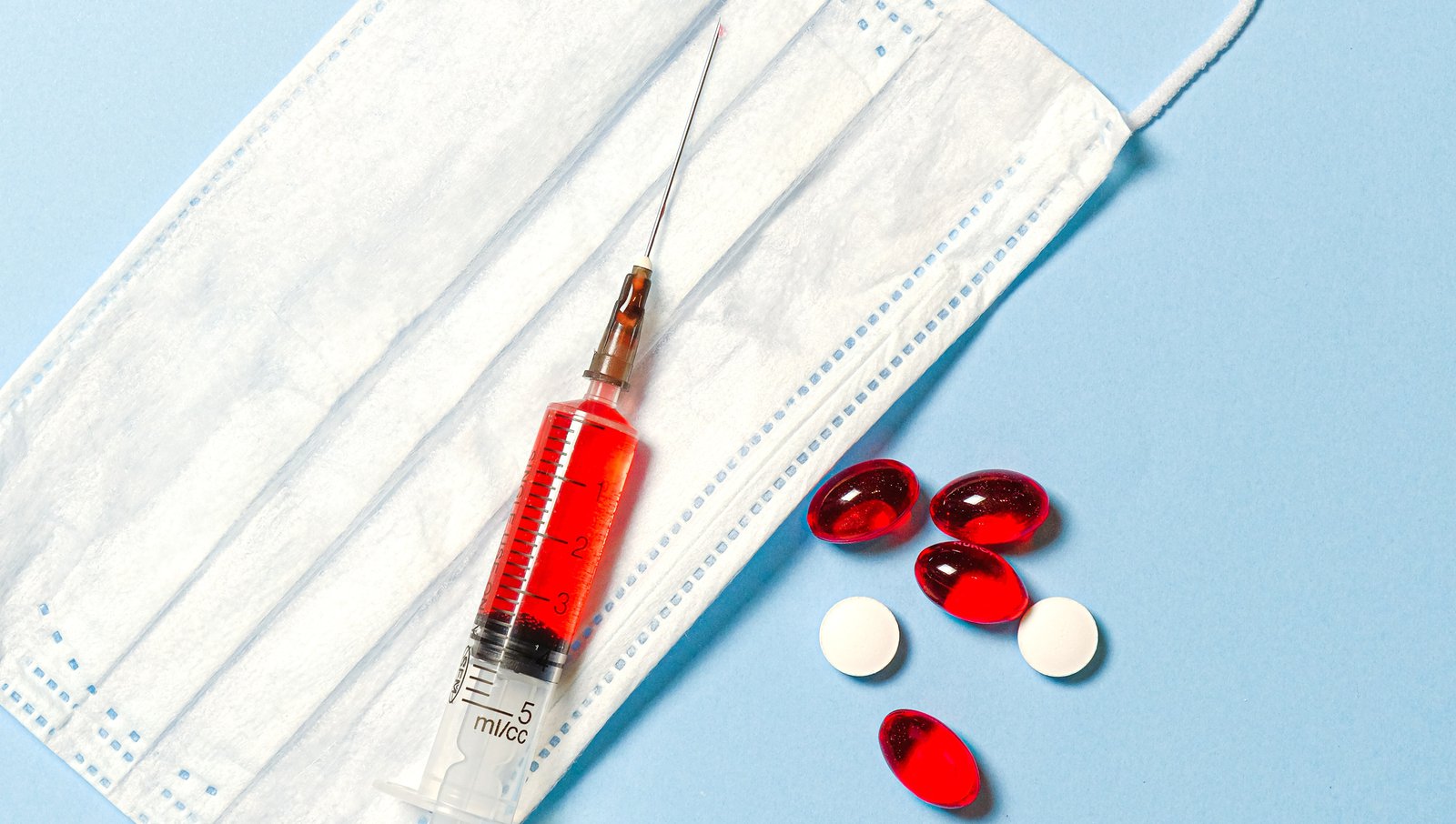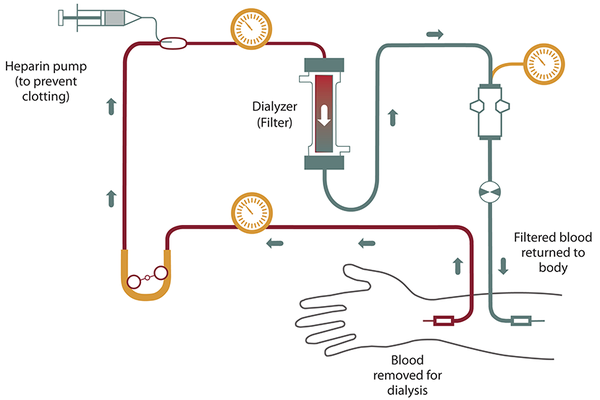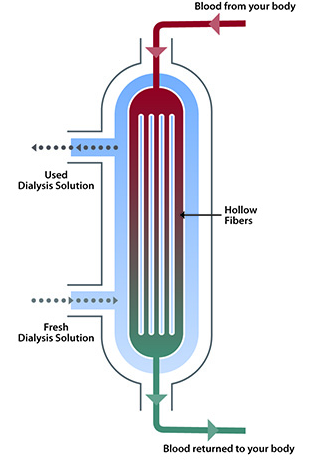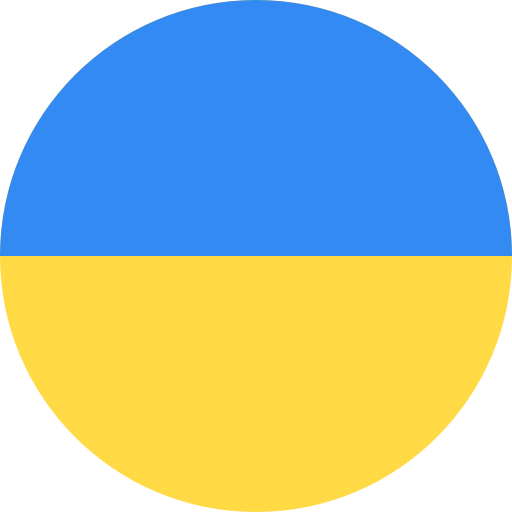Hemodialysis

In the absence of any other evidence, hemodialysis treatment is administered for 4 hours 3 times a week.
During the hemodialysis procedure, the withdrawal of exchange products and excess water from the body occurs by purifying the blood through a special filter called dialysis agents. The blood is passed through the dialysis device «artificial kidney», blood enters the device through the system of tubes - Blood-conducting lines.

The dialysis filter is equipped with a semi-permeable membrane from hollow fibers that can only be passed by molecules of a certain size. Important blood components such as red blood cells and proteins are not removed during dialysis, as their molecular size is too large to pass through the membrane. Exchange products, such as urea, potassium, and excess liquid, pass through the membrane into the dialysis solution and, with the rest, are removed.
Dialysis solutions are prepared from high-quality purification water and a mixture of electrolytes. During the hemodialysis procedure, the solution moves through the space around the fibers, and the blood flows inside them.
After passing through the dialysis unit, the purified blood is returned to the body through the Blood Conduction System of the main lines. There are 350 ml of blood once outside the body during the procedure.
To treat hemodialysis, a surgeon or nephrologist forms access to the vascular channel (arteriovenous fistula), usually on the arm. Two fistula needles are injected into the arteriovenous fistula before starting the procedure. Waste products from your blood move into the dialysis solution. Filtered blood remains in the hollow fibers and returns to your body. Hemodialysis treatment is performed in our specialized dialysis center 3 times a week; each dialysis session lasts at least 4 hours.




